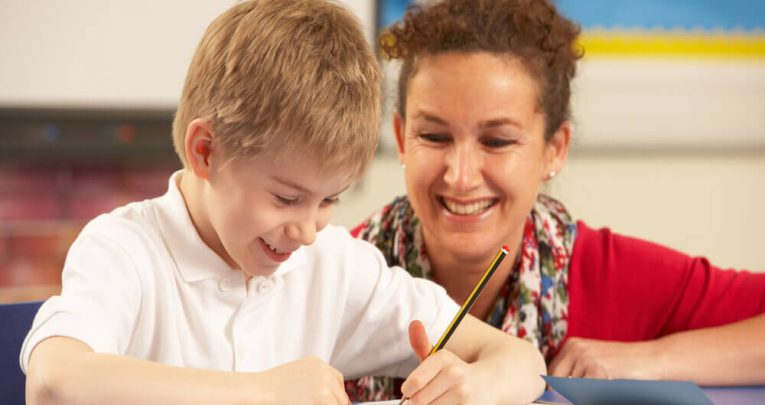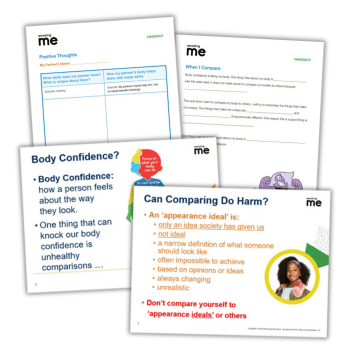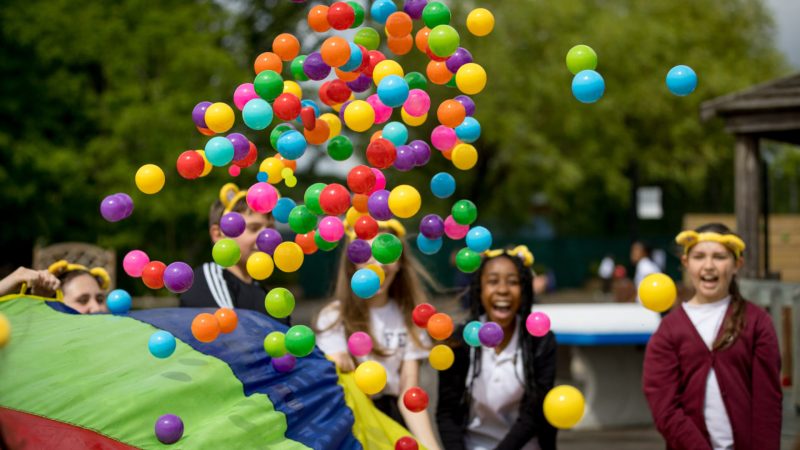Looked-after children – Wellbeing and behaviour management strategies

How you can support looked-after children in the classroom…

- by Dawn Jotham

Josh is nine years old. Josh moved in with his grandparents when he was seven after witnessing domestic abuse in the family home.
His grandfather recently passed away and so by voluntary agreement with his parents, Josh is placed under the care of the local authority.
Josh doesn’t understand why this has happened and feels rejected by his family.
Josh is moved to a foster carer out of the local area.
He starts at a new school where he does not know anyone.
Josh feels isolated and detached from family and friends.
- What are Josh’s needs?
- What support would help Josh in school?
- How could you support Josh in your role?
Who are looked-after children?
Children are placed into care for many different reasons. Like Josh, many will have come from complicated backgrounds and have experienced neglect and abuse. Some placements will be short-term, and some will last until the child is adopted or until they turn 18.
Looked-after children (LAC) include:
- Unaccompanied asylum-seeking children
- Children whom the local authority has the jurisdiction to place for adoption
- Children in a family and friends placement (often known as kinship care).
Over 70 percent of LAC are placed into foster care, and approximately 13 percent of those are with a relative or friend. The local authority will try to provide a home for the child within the local area where possible, allowing the child to live near their family home.
But children in care often experience placement breakdown due to instability, a change in social worker, or the child’s level of motivation to stay in the placement.
Importance of understanding
Our early experiences in childhood have a strong impact on our development and behaviour. Making strong emotional bonds to an individual is a basic part of human nature which begins at birth.
Babies are biologically predisposed to form relationships which make them feel safe and secure. This is the basis of ‘attachment theory’. Children in your school might experience attachment as:
- Secure attachments, where a child feels loved, safe and secure, and their needs are met.
- Insecure attachments, where children who have not grown up in a nurturing, loving environment, who have experienced abuse or neglect, or whose parents use drugs or alcohol, may develop attachment difficulties.
If a child in school is struggling, bringing something comforting into school can help. This can be an object that a child could have in their pocket that by touch is reassuring, or a cloth with a favourite smell on it.
Primary setting support
Creating a whole-school, proactive approach to understanding the needs of any LAC is important to help achieve positive outcomes.
Under the Children’s and Young Persons Act 2008, schools are required to have a designated teacher (DT) for looked-after and previously-looked-after children.
They take the lead responsibility for the development and implementation of the child’s personal education plan and are the central point of contact within the school and externally.
Getting the correct person in place is pivotal in helping establish effective policies and procedures, ensuring the voice of the child is heard, and promoting a culture in which the child feels included and can succeed.
They should work closely with the designated safeguarding lead and the SENCO. They should of course be equipped with appropriate training to help them manage.
The designated teacher (DT) arranges a walk round the school for Josh and his carers. She talks about the things he likes doesn’t like and if he has any worries. The DT also arranges a call with his social worker and the virtual school where they talk over the PEP. The DT provides an induction period for Josh which is regularly reviewed. They decide to buddy him up with several children with similar interests.
Making a positive impact
Looked-after children (and previously-looked-after children) are more likely to experience social, emotional, and mental health issues. They may struggle with executive functioning skills, forming trusting relationships, social skills, managing strong feelings e.g. anxiety and anger, sensory processing difficulties and coping with transitions and change.
Of course, all this can affect their behaviour in an education setting.
Children who have experienced trauma may be hypervigilant and may act in a way that appears extreme or disproportionate to a situation.
Josh often got into trouble at his old school for shouting and getting angry, this has got worse since his grandfather passed away. He finds making friends hard. The social worker and carers discuss with the school what interventions work at home. They agree that Josh can bring an item into school that reminds him of his grandad may help. Bereavement support is provided to help Josh.
Everyone working with looked after children should understand the impact that trauma and attachment have on a child. Ideally all staff should be trauma informed and attachment trained. This should cover:
- How attachment difficulties begin and how they can present in children and young people
- How attachment difficulties affect learning, education, and social development
- An understanding of the consequences of maltreatment, including trauma
- How they can support children and young people with attachment difficulties
- An appreciation that transitions and school transfers can be difficult for children with attachment difficulties.
If we think about Josh, we need to consider:
- What are Josh’s needs?
Josh experienced abuse and loss so may have attachment issues as well as experience trauma
Josh would benefit from a key worker who understands his needs and can be his advocate within in school. Relationships with the carers and any agency involvement should be well structured and regular communication. All staff in the school are trauma and attachment informed.
Key points
Make sure to take a consistent approach. Statistically, looked-after children are more likely to be excluded compared to their peers. Any emerging concerns should be addressed to the DT.
Looked-after children can also experience a conflict of loyalty between their carer and their birth family. LAC need to develop a secure sense of identity and understand their personal history. Life story work should be an ongoing process, undertaken in a sensitive way.
If you work with Looked After Children it is important you:
- Remember that there is no typical looked-after child. It is important to understand that children in care often feel they have lost their identity. They feel labelled as a looked-after child in everything they do
- Develop strong partnerships with the carers, making contact for positives as well as concerns
- Are aware of difficult topics such as birthdays and Christmas, or celebrating Mother or Father’s Day. Where appropriate the child should be given the chance to go and do another activity
- Understand the impact being in care has on a child or young person
- Give children and young people voice and influence
- Support the child’s emotional needs
- Help young people identify and strengthen their support networks
- Remain child-focused
- Are aware of the possibility of stigma and labelling and act if necessary.
Dawn Jotham is Safeguarding & Pastoral Care Expert at Tes, and helped develop the LAC training course with The Children’s Society. Read about behaviour management strategies for primary and secondary.










